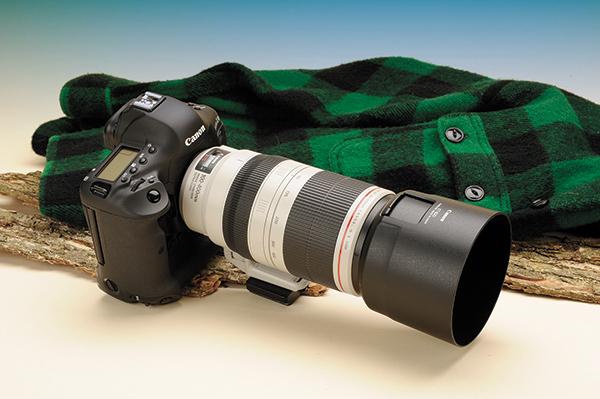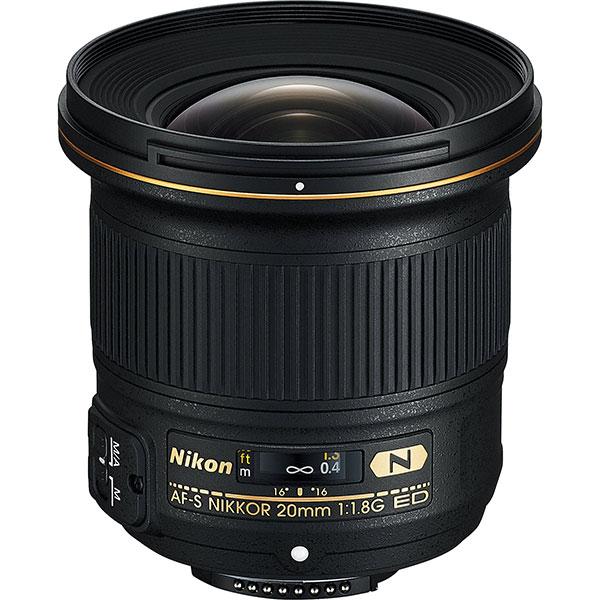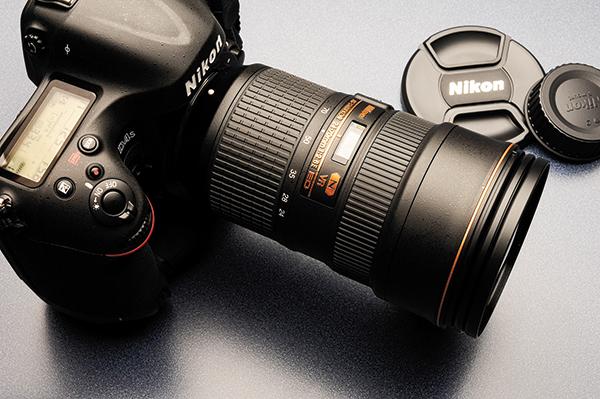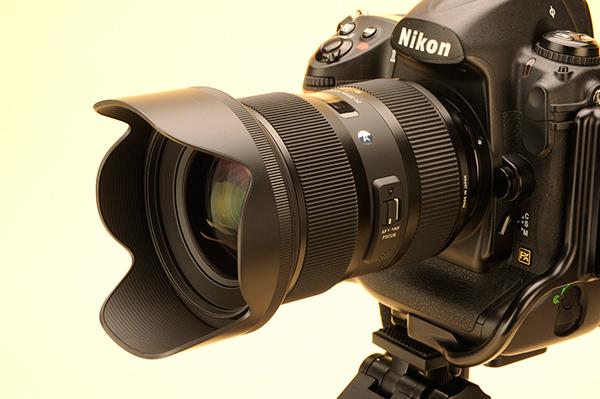Lens Reviews
Sort By: Post Date TitlePublish Date
|
Jun 16, 2016 |
|
Jun 16, 2016 |
|
Jun 10, 2016 |
|
Jun 03, 2016 |
|
May 26, 2016 |
|
May 05, 2016 |
|
May 04, 2016 |
|
Apr 12, 2016 |
|
Apr 11, 2016 |
|
Apr 04, 2016 |
|
Mar 25, 2016 |
|
Mar 21, 2016 |
|
Mar 08, 2016 |















